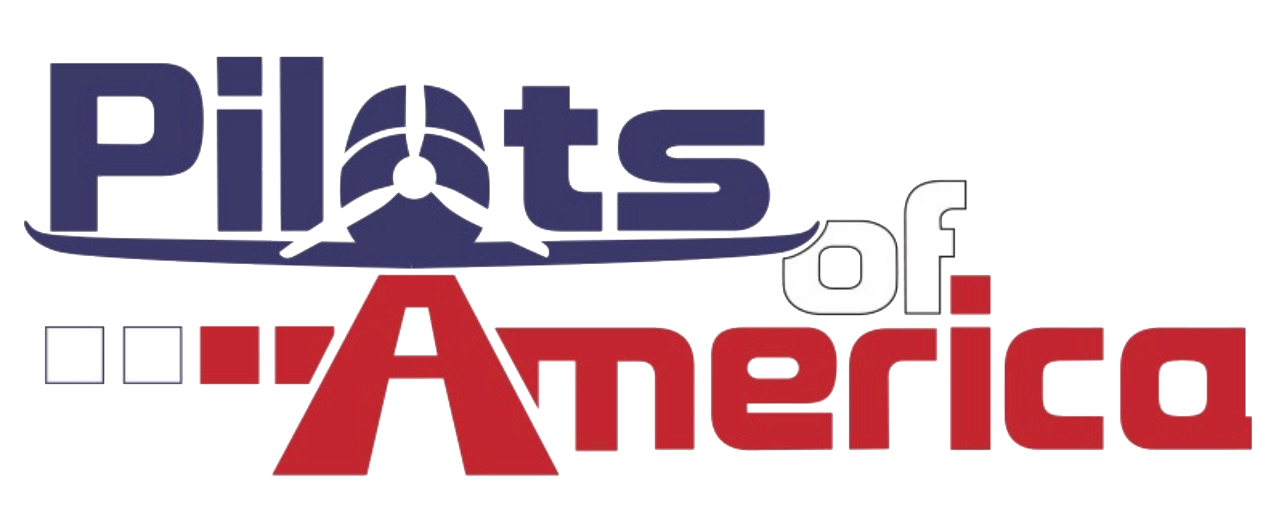I'm pretty fresh to learning about the nuances of ATC and want to know why ATC assigns squawk codes in the first place.
I've seen pictures of an ATC's radar scope, and it includes the ICAO airline designator and the flight number. Without a squawk code, would that information still be there? If assigning a squawk code links a target on the radar scope to that info, that would make sense.
Also, I've listened in on my scanner to my local airport in class delta airspace - Phoenix-Mesa Gateway airport (KIWA). When VFR aircraft call the tower, I'm pretty sure there have been cases where the tower doesn't assign a squawk code at all and just tells the pilot to report a 3 mile left base for runway 30L.
What's the point of assigning squawk codes to aircraft? KIWA is within the Phoenix class bravo within the Mode-C veil, so they have to squawk anyways whether they are above, within, or below the bravo shelves. And I'm guessing that the Phoenix TRACON has both primary and secondary radar, so ATC can obviously see the VFR target and provide traffic advisories.
I've seen pictures of an ATC's radar scope, and it includes the ICAO airline designator and the flight number. Without a squawk code, would that information still be there? If assigning a squawk code links a target on the radar scope to that info, that would make sense.
Also, I've listened in on my scanner to my local airport in class delta airspace - Phoenix-Mesa Gateway airport (KIWA). When VFR aircraft call the tower, I'm pretty sure there have been cases where the tower doesn't assign a squawk code at all and just tells the pilot to report a 3 mile left base for runway 30L.
What's the point of assigning squawk codes to aircraft? KIWA is within the Phoenix class bravo within the Mode-C veil, so they have to squawk anyways whether they are above, within, or below the bravo shelves. And I'm guessing that the Phoenix TRACON has both primary and secondary radar, so ATC can obviously see the VFR target and provide traffic advisories.

